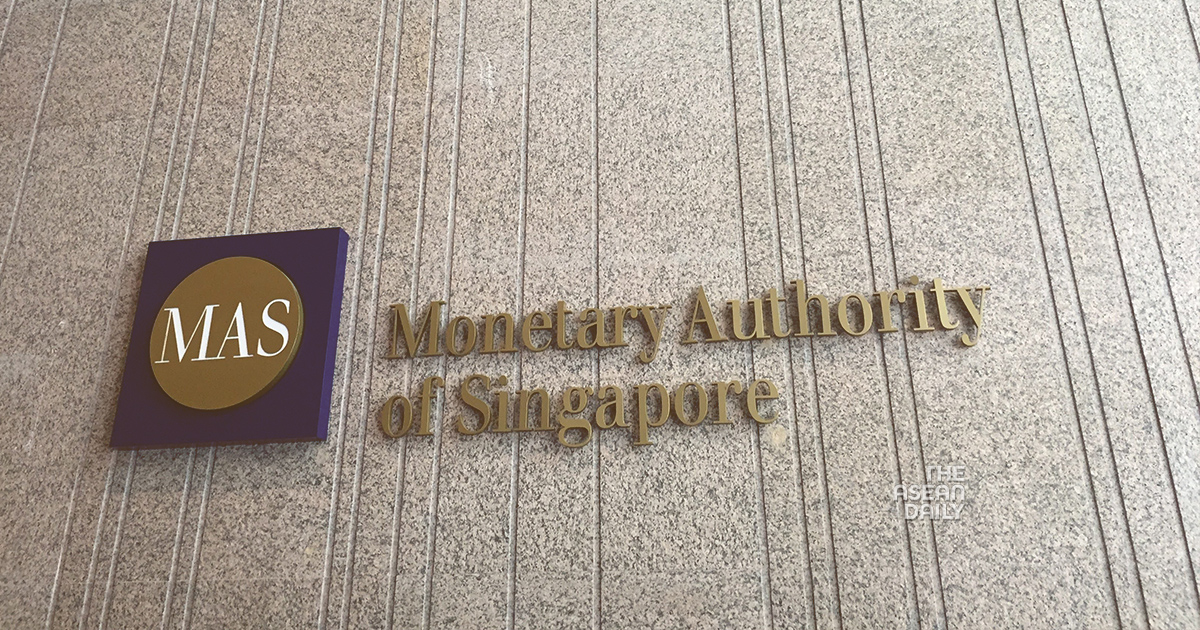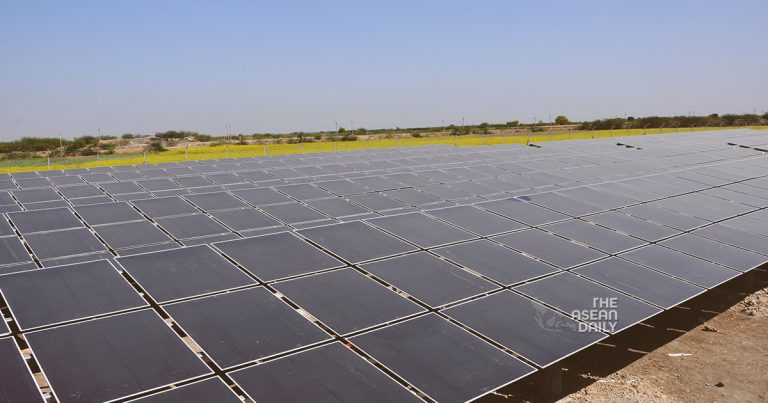19-12-2024 (SINGAPORE) Singapore is taking bold steps to accelerate Southeast Asia’s green energy transition through two complementary initiatives: clean energy imports and innovative financing mechanisms for early coal plant closures.
The city-state has set ambitious targets to import 6 gigawatts of low-carbon electricity by 2035, representing approximately 30 per cent of its projected electricity demand, according to Energy Market Authority (EMA) chief executive Puah Kok Keong. Singapore has already secured agreements with Indonesia, Cambodia and Vietnam to import 5.6 gigawatts of clean electricity by 2035.
This import strategy is helping catalyse the development of a regional power grid, which has been in discussion for decades. The initiative gained momentum in 2022 when Singapore began importing 100 megawatts of hydropower from Laos through Thailand and Malaysia, followed by an additional 100 megawatts from Malaysia in October 2024.
Parallel to these efforts, the Monetary Authority of Singapore (MAS) is spearheading a novel financing mechanism called transition credits. This system aims to incentivise the early retirement of coal-fired power plants across Southeast Asia by monetising the carbon emissions reduced through early closures.

The twin approach addresses both infrastructure and financing challenges in the region’s energy transition. According to the International Renewable Energy Agency, ASEAN requires US$290 billion (S$380 billion) to achieve its target of 23 per cent renewable energy in its energy mix by 2025, up from 15.6 per cent in 2022.
The initiative also presents significant opportunities for regional manufacturing growth. Mr Puah noted that the demand for renewable energy infrastructure would stimulate local production of solar panels, batteries, and transmission cables.
However, the transition poses technical challenges. For instance, delivering 2 gigawatts of solar power to Singapore would require approximately 11 gigawatts of generation capacity and 20 gigawatts of battery storage to manage intermittency issues.
Singapore’s domestic infrastructure also requires substantial upgrades to accommodate these changes. Much of the city-state’s underground power infrastructure, dating from the 1990s, needs renovation and expansion over the next two decades.
These initiatives reflect Singapore’s strategic position in driving ASEAN’s energy transition, leveraging both its financial expertise and its willingness to invest in clean energy infrastructure. While the immediate costs may be substantial, these investments are positioning Southeast Asia for a more sustainable energy future while creating new economic opportunities across the region.
The success of these complementary approaches could provide a blueprint for other regions seeking to accelerate their transition away from fossil fuels while maintaining economic growth and regional cooperation.




